

It’s never too early to provide students and staff with tools to prevent bullying, both in your school and in the community. Based on the latest field research, the Second Step® Bullying Prevention Unit teaches Kindergarten–Grade 5 students how to recognize, report, and refuse bullying.

As students master these crucial skills, educators and school staff learn to recognize and respond appropriately when they observe bullying or receive a bullying report, all while gaining insight into teaching the unit to children.
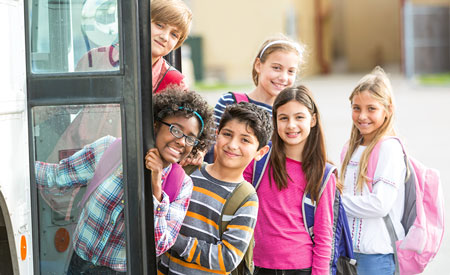
Building on the fundamentals of the Second Step® family of social-emotional learning (SEL) programs, we developed the Bullying Prevention Unit with age-appropriate lessons for elementary classrooms (Kindergarten–Grade 5).
Training, lessons, and family resources developed to put research-based strategies in the hands of educators to create spaces safe for learning.
Jump to research.
![]()
Via online training, school staff learn to work with all students involved in bullying, including bystanders, for an improved school climate. Jump to staff training demo.
![]()
When all staff learn how to recognize and respond to bullying effectively, students understand that they can trust staff to deal with it appropriately.
![]()
With the help of acclaimed author Trudy Ludwig, we’ve woven engaging live action and animated videos into every lesson. Jump to sample lesson video.
![]()
Family materials extend lessons beyond the classroom and help families distinguish between peer conflict and bullying. Jump to resources for families.
![]()
The Bullying Prevention Unit includes principal resources, staff training, and student lessons to help everyone learn bullying prevention techniques. Jump to sample lessons.

Relationships are so key in solving bullying issues. Kids love to trust that the adult cares. That's why it's so important that every single adult in a building has the strategy and the knowledge to listen to a student and validate what they're saying.
Kim Bilanko, Principal, Benjamin Franklin Elementary, Kirkland, WA
Explore the breadth of lessons, activities, and take-home materials in the Bullying Prevention Unit. Combined, these pieces create a comprehensive program to help educators prevent bullying throughout the school.

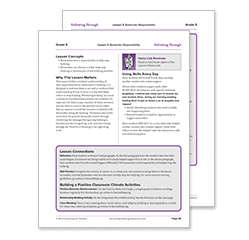

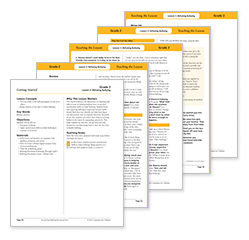
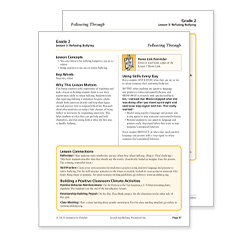
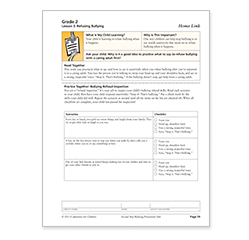
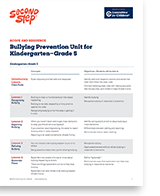
A complete list of lessons and learning objectives for the Bullying Prevention Unit, Kindergarten–Grade 5.
The Bullying Prevention Unit truly starts with training for all staff, with the following online training modules.
*Principals and Program Coordinators (45–60 minutes) *
Module 1 helps principals and program coordinators understand the adult/student relationship, refine and communicate their bullying policies and procedures, and communicate with families.
*All Staff Training (75–90 minutes) *
Module 2 guides all school staff through scenarios that teach them how to recognize, respond to, and report bullying, and then make a plan for how to handle incidents.
*Teach the Lessons (45–60 minutes) *
Module 3 provides teachers and counselors with valuable instruction about teaching the lessons, following through, and involving families.
The Bullying Prevention Unit features training modules to help staff develop ways to effectively identify and deal with bullying throughout the school. Staff education is easy to implement and will help make a difference in students’ lives.
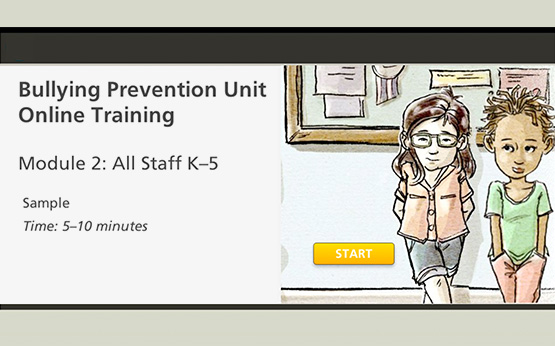
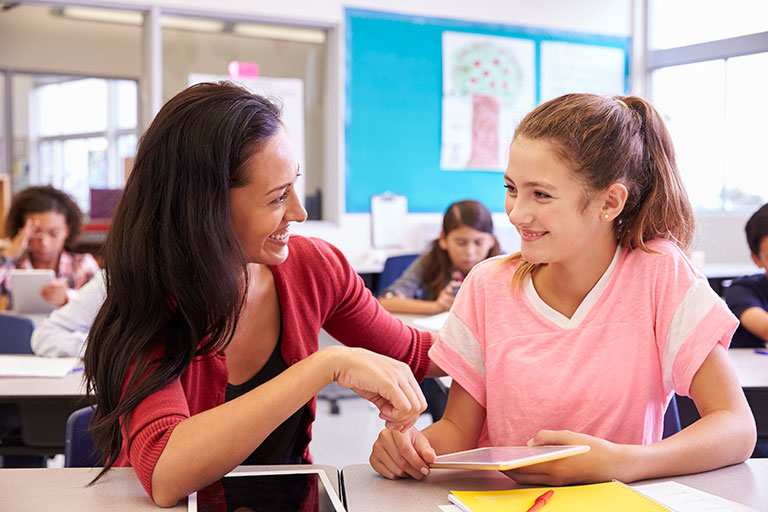
Are you ready to take the next step toward a safer and more positive school climate? Make the most of our award-winning curriculum with the how-tos and tips in our guide, Getting Started with the Second Step® Bullying Prevention Unit.
Academic Standards
Find out how the Bullying Prevention Unit complements academic standards, frameworks, and practices, including Common Core and McREL.
See Chart (PDF) Anti-Bullying Legislation
Learn how the Bullying Prevention Unit aligns with common anti-bullying laws, including those pertaining to school policies, professional development, parent education, and student education.
See Connections Trauma-Informed Practices in Schools
See how Second Step programs support trauma-informed practices to create a climate of social-emotional safety in schools.
See Chart (PDF)